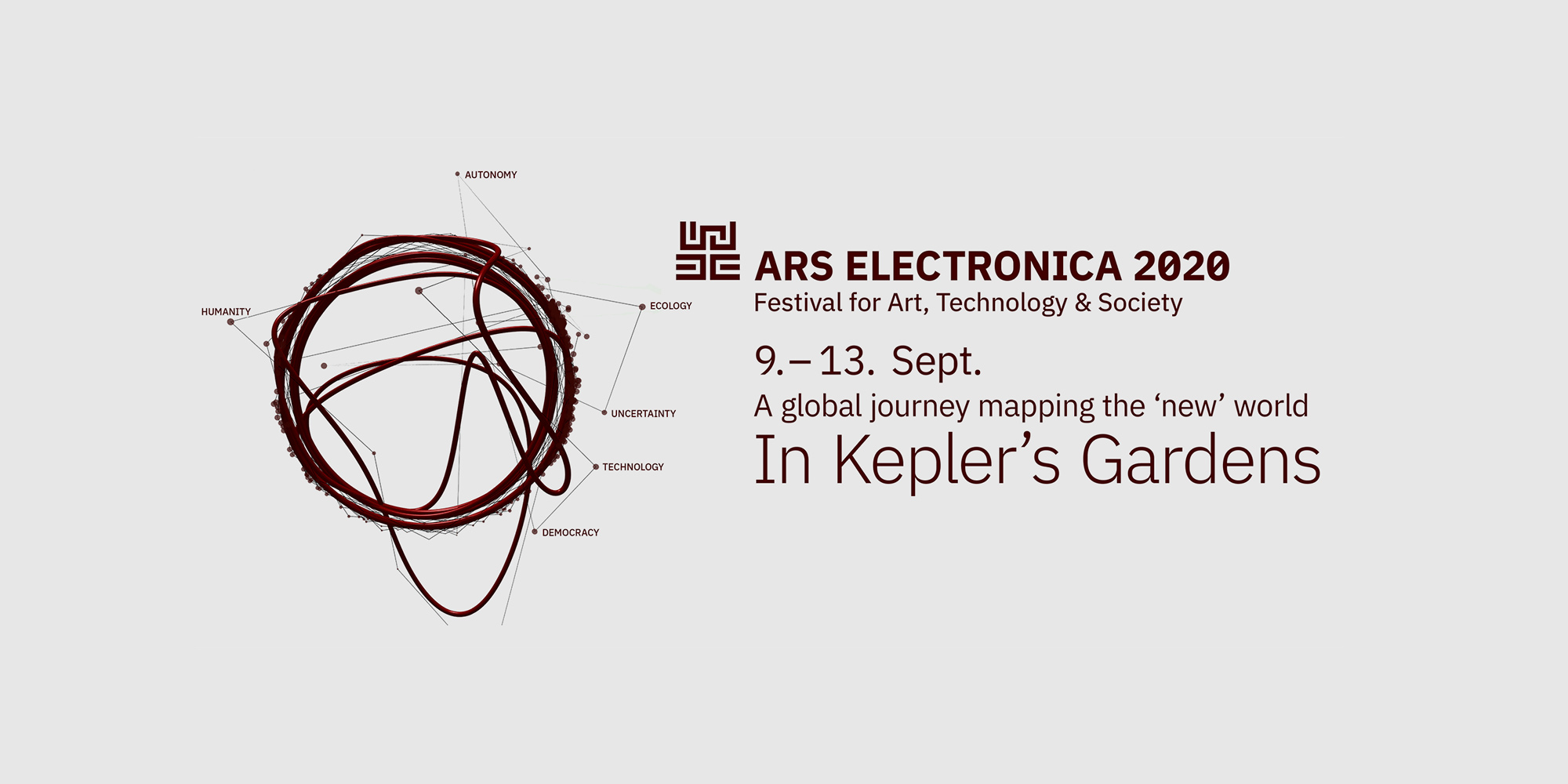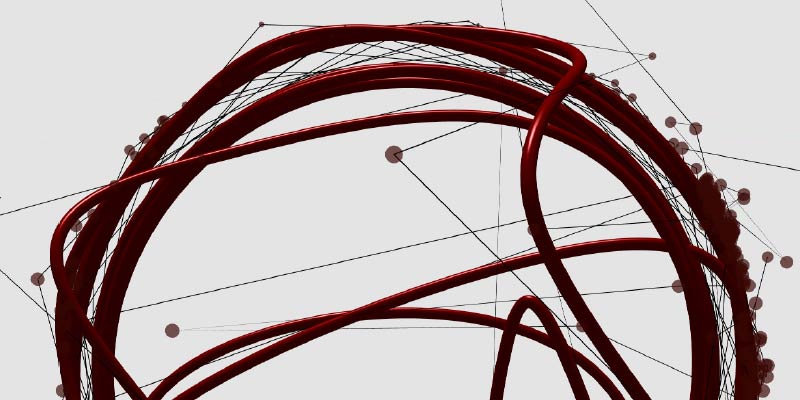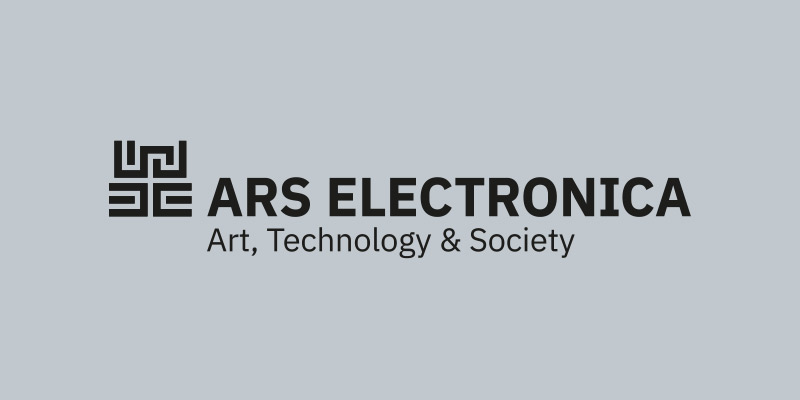Journey
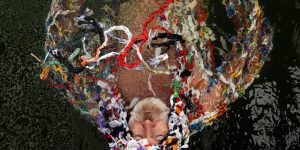
Imagining Godzilla
Andy Best (FI/UK)
The sea is a place of uncertainty. It is never still, always sighing even on the calmest of still summer nights. The Baltic is the second largest inland sea in the world, composed mainly of brackish water, a mix of saline inflow from the Atlantic together with fresh water run-off from its huge catchment area, which is four times the size of the sea itself. Today, the Baltic is one of the most polluted seas in the world. The continual flow of commercial shipping bringing raw materials, food and retail goods to ports around it leaves trails of pollution in its wake. The run-off of agricultural fertilizers, particularly nitrogen and phosphorus, via rivers on the coast, have led to eutrophication and the growth of massive algae blooms that are a feature of both the coastlines and open sea regions. Many factors, local and global alike, affect the continuing ecological catastrophe facing the Baltic.
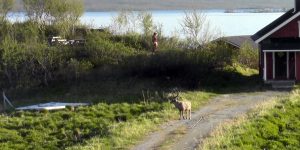
Deep Steward
Theun Karelse (NI), Ian Ingram (US)
Ian Ingram and Theun Karelse are taking you along on a fieldtrip in parallel locations. Theun in the Netherlands, Ian in California. Theun will explore the relevance of fieldwork programs (such as Random Forests) and in-situ prototyping to artistic practice and Ian shows what constitutes a field experiment, in a virtual safari to some habitats that serve as “training forests” for machines such as DeepSteward.

In the eyes of the algorithm we are all plants
Špela Petrič (SI)
In conversation with Agnieszka Wolodzko, a philosopher and author who also runs a biolab at the art academy in Enschede, NL, Špela Petrič shares fragments of insights and dilemmas that have arisen from the interdisciplinary Plant-Machine Project.
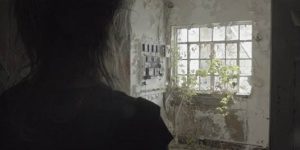
Abandoned IBM Country Club, Endicott NY
Tega Brain, Sam Lavigne, Hannah Jayanti (US)
Artists Tega Brain and Sam Lavigne discuss data, AI, and IBM’s toxic legacies with filmmaker Hannah Jayanti while exploring the abandoned IBM Country Club in Endicott, New York.

The Robot Suit
Mimi Onuoha (US)
In early 2020, Jess Myers and I participated in Safar, a performative conversation in public space. Hosted by art duo aghili/karlsson, the event involved a live streamed conversation between us as we moved from the center of Stockholm to the duo’s studio on the edge of the city. In reflection of our physical journey, the trip found the two of us conversing about margins, technology, architecture, blackness, and the spaces that we —and others like us— find ourselves constantly moving within and between.
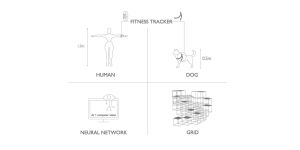
!brute_force - Journey
Maja Smrekar (SI)
Responding to the coronavirus pandemic, the !brute_force project focuses on the future of market-driven diagnostic wearables and AI-based health monitoring technologies.
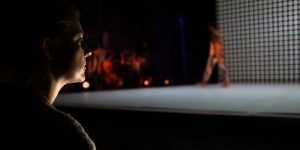
A Centaur Journey
Cecilie Waagner Falkenstrøm (DK)
How can we better comprehend the challenges and possibilities of artificial intelligence in art? And how do human-technology hybrids transform artistic practice? This video tour scrutinizes such questions and suggests that the increasing usage of machine learning in artistic practice calls for a re-examination of the artistic relationship between human and non-human actors.
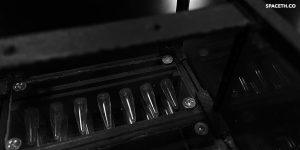
MESSE: Molecular Encoding Storage for Space Exploration
Spaceth.co (TH)
MESSE is an anti-disciplinary payload aboard the New Shepard spacecraft, launched into a sub-orbital trajectory 100 kilometers above, and explores weightlessness in the space environment. The payload contains bio-synthetically created DNA encoding “Kwam-Fhan-Kab-Chakarawan” (Aspiration and the Universe), a famous Thai song by artist Bodyslam, to demonstrate the algorithm that can encode and decode data into DNA. The science experiment will be conducted both before and after the spaceflight to study the products of DNA assembling in space and its preservation on several sample materials. This will allow the researchers to understand the possibility of DNA storage as a form of preserving knowledge or sending any data in the form of a molecular encoding message. This mission represents aspects of science and humanity and guidelines for future citizen space exploration in Thailand.
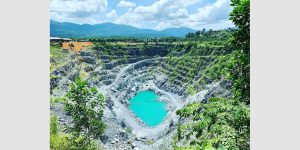
Making of Lunar Pearl
Henryandpartners (TH), SpaceZab (TH)
Pearl of Lunar explores infrastructural desire and the future of Belt-and-Road Initiatives as seen through wealth accumulation, labor infiltration, and geopolitical control; but also, more ephemerally, the affective meshwork of possessiveness and greed that functions at the individual and corporate level. Lunar Rock is a project by SpaceZab, a group of young scientists’ journey into Trad city, a rocky seaside landscape. They wade through rocks and the oceanside, excavating magmatic rock from the shore and the sea. The quest is to discover earth elements resembling moon dust for their future research and experiments.
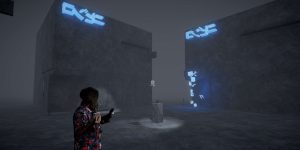
Rebecca Merlic - The City as a House
VENT gallery (AT)
Vast amounts of pictures, sounds, videos and 3D scans are organized as environments in Rebecca Merlic’s The City as a House, in form of an interactive visual novel. A work about the experiment of a white European 30-year-old heterosexual human living in Tokyo without inhabiting a private apartment over a period of time. A speculative exploration of the possibilities of abolishing known forms of habitation.
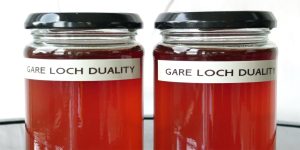
Psychological Impacts of Surveillance: within the context of Gare Loch Duality and the #UndesiredLine
B. D. Owens, David Harper, Darren Ellis (UK)
Multi-disciplinary artist, B. D. Owens, has a conversation with Professor David Harper & Dr Darren Ellis (University of East London) about the psychological impacts of surveillance, within the context of Gare Loch Duality and the #UndesiredLine.
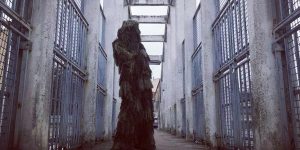
THE BAD WEEDS TRIPS
Rocio Berenguer (ES/FR)
In 2030, a human-plant hybrid guides us on a trip through the past, unveiling the origins of G5, the first inter-species political summit. The event was initiated by IOFLE, the Inter-species Organisation for The Future of Life on Earth. Its founders are thought to be the artist Rocío Berenguer and IA collaborator, IAGOTCHI.
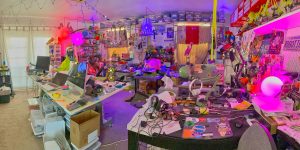
What Matters Now?
Sarah Petkus (US)
In the wake of the global COVID-19 pandemic, daily life has been disrupted and given room to change; from the comfort of routine to the energy that fuels the creation of electronic and robotic work.
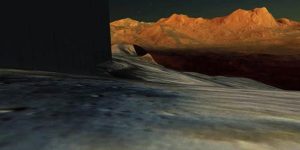
From Glass to Glass to Glass
Nye Thompson (UK)
For my new work /artefact, I took possession of a large area of Mars, using Google Earth and satellite survey data to build a supertall border wall around my claim.
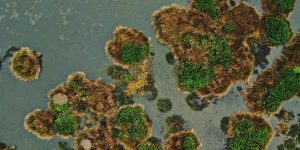
Ecosystem mutations. Wetland Removal.
An 8.5% of the surface area of Los Rios Region in southern Chile is made up of wetlands. Around the city of Valdivia, the presence of wetlands is particularly dense and some areas today are national monuments. A wetland is an ecosystem that is sometimes divided at the surface, but which constitutes a networked ecological continuum. Thus, to alter a part of the wetland is to modify the whole ecosystem. Promoting the convergence of different organizations, the Austral Garden program proposes an aerial route over the geography and natural environment where Universidad Austral de Chile is located. The purpose is that scientists and researchers can share their studies and reflections to spread the importance of wetlands, as well as showing the mutation of this natural eco-system.
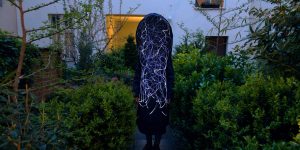
Artificial Intelligence and its False Lies
Mika Satomi (JP/AT)
In this tour, Mika walks you through her process of making Artificial Intelligence and its False Lies, from the first questions she had and how one led to the next, to interviewing scientists and finally teaching herself how to make an artificial neural network. She also attempts to explain how neural networks work, because she was shocked to learn there is no actual intelligence inside the black box!

Beyond Human Perception
María Castellanos & Alberto Valverde (ES)
The artwork is a video installation that allows the audience to visualize the reactions of humans and plants to a common stimulus: live music. The installation is the result of several sessions where the brain activity of humans was measured jointly with electrical oscillations in plants, using a sensor developed by the artists.
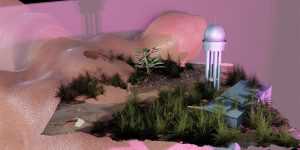
skip-the-line entrance
Daniel Hengst (DE)
Skip-the-line entrance, a collaborative guide to a speculative berlinDiscover a whole new Berlin. Join us on this journey and visit four local artists.
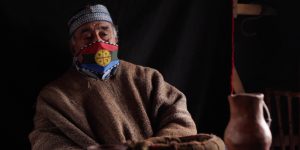
Local mutation imaginaries. Mapuche Culture Workshop.
As part of the celebration of the “Año Nuevo en el Sur” (Southern New Year), the Laboratory of Visual Anthropology of the Museological Direction, is conducting Workshops on Mapuche Culture taught by David Rain Canicura, peumatufe (the authority that guides the direction and decision-making of the community based on dreams) and nguillatufe (the authority responsible for the ceremony of Nguillatun). The proposal of the Mutations program is to generate a pre-recorded workshop that will allow the Mapuche imaginary about mutations to be better understood, as well as the experience of Mapuche communities in the current pandemic.
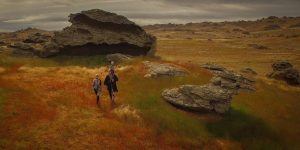
WAHAWAEWAO
Gibson / Martelli (UK), Carol Brown (NZ) and Russell Scoones (NZ)
Movement and landscape in flux, five figures wander across the landscape of Central Otago. Between the rocks and crevices, they move. In this moving image installation, we explore our persistent longing for belonging in an age of virtual travel. Filmed in the raw physical landscapes of Central Otago and the Motion Capture Studio of CoLab AUT in Auckland, we map between radically different scapes.
